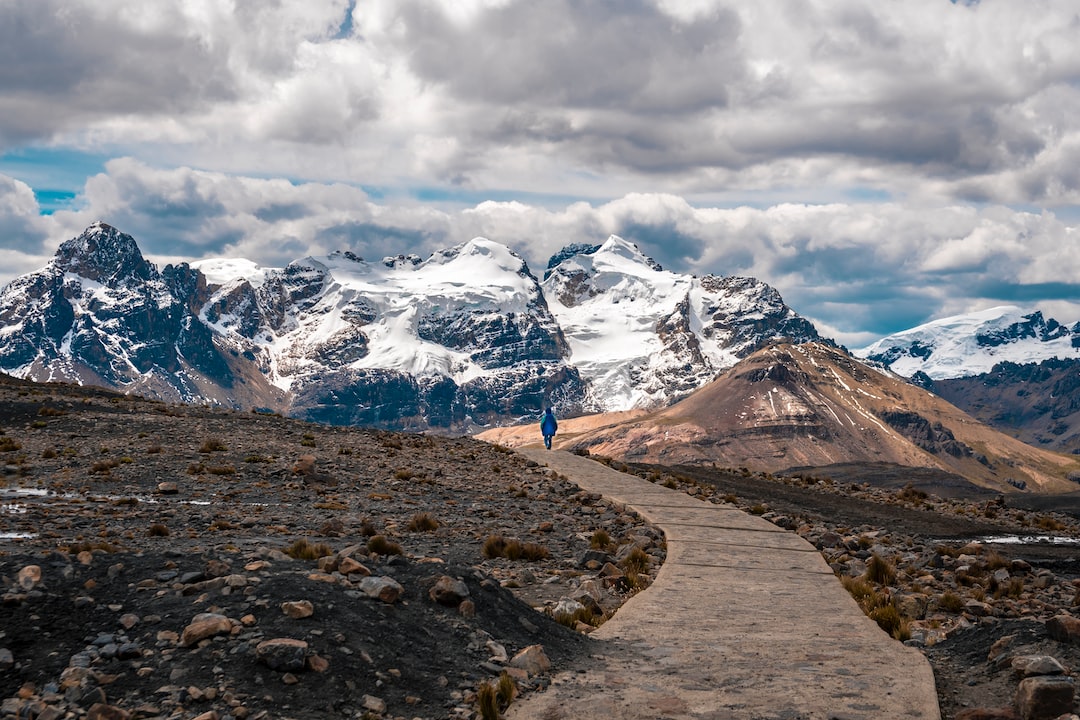Photographing Sunsets: Capturing Nature’s Beauty
There’s something magical about sunsets, isn’t there? The way the colors dance across the sky, the sense of peace and tranquility that washes over you as day turns into night; it’s no wonder that sunsets are a popular subject for photographers. Capturing the beauty of a sunset in a photograph can be challenging, but with the right techniques, you can create stunning images that showcase nature’s splendor.
The first step in photographing sunsets is to find the perfect location. Look for spots with unobstructed views of the horizon, such as beaches, hilltops, or open fields. Consider the surrounding landscape as well, as it can add depth and interest to your composition. The key is to find a spot that offers a clear view of the setting sun and allows you to capture the changing colors of the sky.
Once you’ve found your ideal location, start by taking test shots to determine the optimal camera settings. Sunsets are often low light situations, which means you’ll need to adjust your camera accordingly. Set your ISO to a low value to minimize noise and use a wide aperture (small f-number) to allow more light into the camera. Experiment with different shutter speeds to achieve the desired effect, whether it’s capturing the movement of the waves crashing against the shore or freezing the clouds as they drift across the sky.
Composition is crucial when photographing sunsets. Consider the rule of thirds, which suggests dividing your frame into nine equal parts and placing the main elements along the lines or at the intersection points. This can help create a balanced and visually appealing composition. Experiment with different perspectives and angles to find the most captivating shot. Get low to the ground for a unique viewpoint or try shooting from a higher vantage point to capture the entire landscape.
To enhance the colors of the sunset and create a more captivating image, consider using a filter. A graduated neutral density filter can help balance the exposure between the bright sky and the darker foreground, while a polarizing filter can reduce reflections and enhance the colors of the sky. Experiment with different filters and see how they affect the final result. Just remember to invest in high-quality filters to avoid any distortion or loss of image quality.
Timing is everything when photographing sunsets. Arrive at your chosen location well before the actual sunset to scope out the surroundings and plan your shots. Take advantage of the golden hour, which is the period shortly after sunrise or before sunset when the light is softer and warmer. This can create a dreamy and ethereal look in your images. Be patient and wait for that perfect moment when the colors are at their most vibrant and the sky is filled with drama.
Lastly, don’t be afraid to experiment and get creative with your sunset photography. Try incorporating silhouettes of people or objects into your shots to add a sense of scale and create a focal point. Use long exposures to capture the movement of the clouds or the water. Play with different color temperatures and white balance settings to achieve different moods and tones. The possibilities are endless, so have fun and let your creativity shine through.
Photographing sunsets is a wonderful way to connect with nature and capture its awe-inspiring beauty. With the right techniques and a keen eye, you can create breathtaking images that evoke a sense of wonder and tranquility. So pack your camera, head to a beautiful spot, and let the colors of the sky paint a picture that will leave a lasting impression on anyone who sees it.
